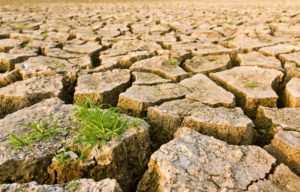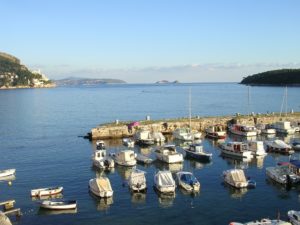
- Plan Bleu
Plan Bleu's missions
Make the Mediterranean a cooperation area for sustainable development
- themes
- projects
- Ressources
- publications
Last publications
- Events
In the news
- Plan Bleu
Plan Bleu's missions
Make the Mediterranean a cooperation area for sustainable development

Providing socioeconomics insights for the appropriate management of Mediterranean resources

Facilitate a science – political and civil society interface

Supporting the transition towards a green and blue economy

Design possible futures for sustainable development

Observer of the environment and development to inform governments and the general public
- themes
- projects
- Ressources
- publications
Last publications
- Events
In the news

Home » Preserving the coastal and marine environment: the Marine Protected Areas
Preserving the coastal and marine environment: the Marine Protected Areas
Key figures
In 2009, globally,120,000 protected recorded, i.e. 12.2% of land area, 5.9% of territorial waters and 0.5% of the high seas
In 2008, 4% of the Mediterranean protected, largely thanks to the Pelagos sanctuary, 53% of which in the high seas
According to the Plan Bleu, 2% of the continental waters currently covered by the Mediterranean MPAs
More information
Convention on Biological Diversity
- Report on Mediterranean MPAs
- State of the Environment and Development in the Mediterranean
- Specially Protected Areas in the Mediterranean: Assessment and Perspectives
- Analysis of Mediterranean marine environment protection: the case of the Pelagos Sanctuary
- Seaside tourism and urbanisation: environmental impact and land issues
Partners

Support the drive for nature conservation and promote its effects on sustainable development in the Mediterranean riparian states.
The Mediterranean, one of the world’s twenty-five hotspots for biodiversity
Comprising a mere 0.7% of the world’s oceans by surface area and 0.3% by volume, the Mediterranean is one of the main pools of marine and coastal biodiversity, with 28% of endemic species as well as 7.5% of the world’s marine fauna and 18% of its flora.
This wealth of biodiversity is exposed to numerous man-made pressures, and facing a 40% built up coastline. The risk of degradation in the shallow waters is even greater in the countries on the Northern shores, where coastal urbanisation can reach 70%. The concentration of socio-economic activity on the coastline together with the phenomenon of climate change is further exacerbating the threat to biodiversity in the region.
Assessing in economic terms the effects of Marine Protected Areas
The Plan Bleu, such as various partners, is contributing to the Mediterranean Strategic Partnership for the Large Marine Ecosystem (MedSPLME). Launched by the Global Environment Fund, this initiative depends on the participation of various bodies including the Fonds Français pour l’Environnement Mondial (French Global Environment Fund), which is supporting the Plan Bleu’s programme of work on the marine environment in order to highlight the effects of Marine Protected Areas (MPAs) and assess them in economic terms.
Having explored the economic assessment of the benefits rendered by Mediterranean marine ecosystems in 2011 the Plan Bleu established a process to address the effects of MPAs on the sustainable development of territories and estimate them in economic terms.
Study on the socioéconomic impacts of Mediterranean Marin Protected Areas
With the support of its regional partners and in the riparian countries the Plan Bleu has launched the six following case studies on MPAs or planned MPAs to the North, South and East of the Mediterranean:
- Ex ante assessment of the effects of the Mount Chenoua and Anses de Kouali protection project (Algeria)
- Assessment of the effects of the Natural Park of Cap de Creus on the sustainable development of the surrounding area (Spain)
- Assessment of the effects of the National Marine Park of Zakynthos (NMPZ) on the sustainable development of the surrounding area (Greece)
- Assessment of the effects of the protected area of the Kuriat islands on the sustainable development of the surrounding area (Tunisia)
- Assessment of the effects of the Kas Kekova Specially Protected Area (SPA) on the sustainable development of the surrounding area (Türkiye)
- Assessment of the influence of the Pelagos Sanctuary on maritime activities and their environmental impacts (France)
More information: Economic study of the impacts of marine and coastal protected areas in the Mediterranean
Publications
events
News
Subscribe to the newsletter
Subscribe to Plan Bleu’s newsletter to stay updated



-
Plan Bleu
Tour la Marseillaise
2 bis, Boulevard Euroméditerranée
Quai d'Arenc
13002 Marseille - France - [email protected]
- +33 (0)6 43 08 20 23







